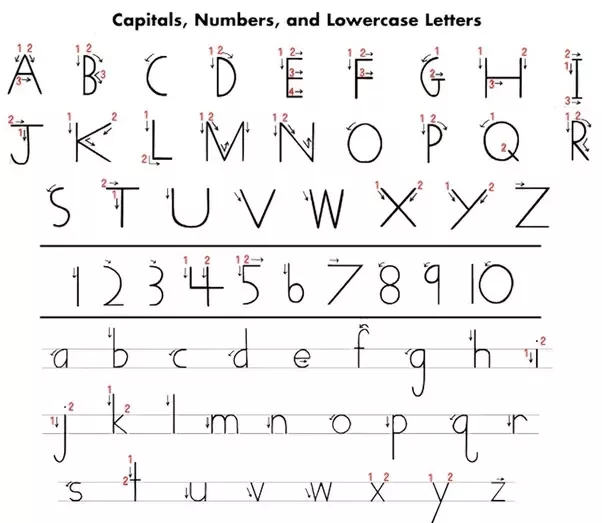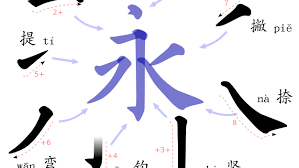Yes
It is certainly possible for Steven to figure out what his master is writing, with a few foundational assumptions.
Steven must have a very acute sense of hearing, a musical background will be of great assistance.
The language and general writing style used in the casual letters and notes that the Wizard uses are the same, otherwise it would be impossible to learn how to compare and correlate the stroke sounds to the writing.
Steven is either given enough time to perfect this skill to the point of being able to speak out the words just based on the strokes, and/or has Eidetic/Photographic -grade memory so he can reconstruct passages later (especially true for alphabet-based writing). Alternatively, he could just write as he listens from a different room.
The writing is done in a language with some sort of pen-stroke system, and strokes are done in a sequential order to create letters/words. More importantly, each word/letter should have mostly distinct strokes. (Cursive is a special case that does not fall under this category, and surely if his Master writes in cursive, Steven isn't quite mad enough to attempt to distinguish between entire words in cursive by sound alone).
Credits to AlexP for mentioning that some languages, like Arabic, are strictly done in cursive form. If Steven's master is writing in an Arabic-like or strictly cursive language, Steven should just give up on this venture and find a master that writes in a different language.
There is a distinct enough gap between letters when writing, otherwise there will be a lot more work involved in figuring out which strokes belong to which letters.
Process
Stroke Categorization
Steven must begin the process by figuring out a system to categorize the strokes.
Example Alphabet:

As can be seen from the image, each letter of the alphabet has a distinct number of strokes, and in a set order (which some individuals do differently, but the order for each letter can be analyzed through seeing and listening to the pen strokes of the Master’s casual letters).
The strokes forming the letters of the alphabet can be categorized into a few distinct types: straight, curved, dotted, and angled strokes. The length of each stroke can be determined by listening to the duration of each stroke: short, medium, or long.
If Steven can train his ears to hear the differences between each type of stroke and the length, using this system he can construct a sequence of writing sounds into a series of strokes, letters, and subsequently sentences.
Example:
S- straight stroke
C- curved stroke
D- dot stroke
A- angled stroke
1- short
2- medium
3- long
"A quick brown fox"
s3s3s1
A
c2s3 c1s1 ds1 c2 l3a3
q/g u/n i c k
l3c2 l1c1 c3 a2a2 s1c2
b/d r o/s w n
s1c3 c3 s1s1
f o/s x
Autocorrecting process:
1. Agnickdrownfsx
2. A quick drown fsx
3. A quick brown fox
Practice and Results
By piecing together each letter combo, and eliminating the incorrect letters, Steven can reasonably hope to piece together entire sentences, of course, with some errors.
It will take a long time before he could do it for everything that is written, but when he masters this, it should be enough for him to begin his journey into magic, so that he may catch the attention of his master and finally get a chance to learn in earnest (or at least animate some brooms to do his chores).
Bonus:
Symbol-based language:

It may seem more difficult to deal with a symbol based language than an alphabetical one, but in actuality it can be made much simpler, since each stroke type in these languages are more well-defined (see how each stroke has various defining features).
Assuming, every 'word' constructed of such strokes is always written in the same order, it is possible to construct it in unique, less repetitive strokes compared to a phonetic language, with much less mistakes in determining which word/symbol has been used. The words can then be recombined to form sentences.


